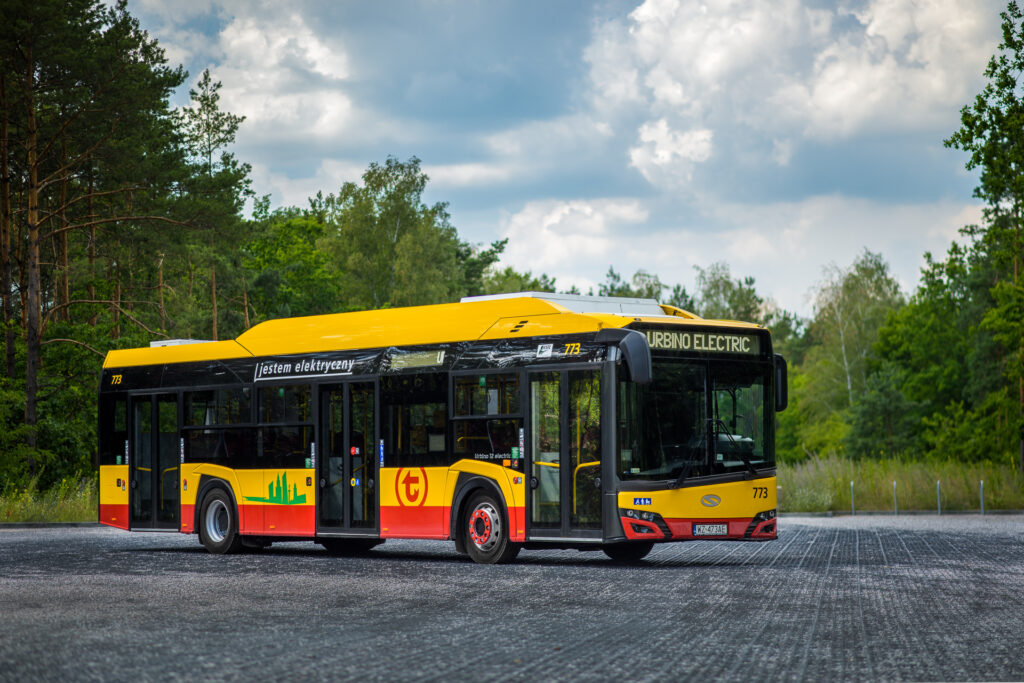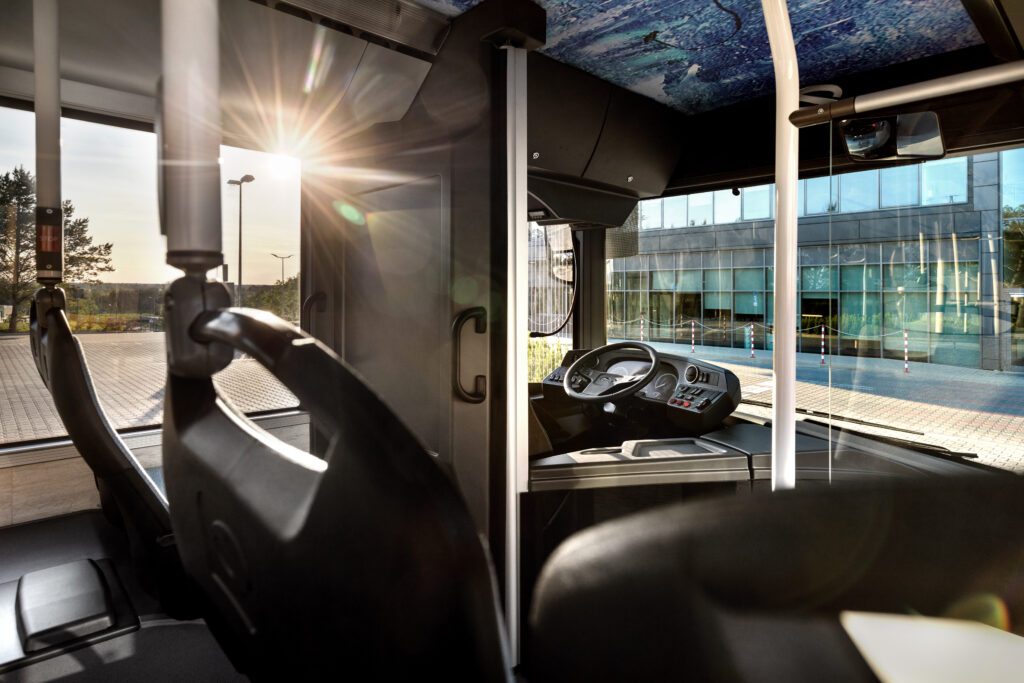UITP: 140 years of mobility and one question that remains as relevant as ever
Before the Summit in Hamburg begins, it is worth taking a closer look at what UITP is.

Polish electromobility driven by buses
According to the the Polish Economic Institute report “How to support electromobility”, by 2025 Poland will have the third largest fleet of electric buses in Europe.
Electromobility is a global megatrend. The arguments driving its development are extremely important for many reasons. One of them are financial and geopolitical benefits, resulting from the will to become independent from petroleum-derived fuels. There are also health and pro-environmental issues (reducing CO2 emissions has a positive effect on the air quality at the place of vehicle use). An equally important reason is also the fact that the presence of clean vehicles in city traffic improves the quality of life, e.g. thanks to noise reduction. The consistent social and economic strategy of the European Union, introducing appropriate legal regulations and supporting cities and carriers with subsidies for their purchase, is undoubtedly responsible for such a dynamic development of the low-emission vehicle market. The growing awareness of societies getting used to the presence of this type of vehicle on a daily basis is also important. Interestingly, this trend is most noticeable not in the passenger car segment, but in public transport, which – despite the initial turbulence related to the outbreak of the pandemic – is still used in large numbers when traveling around the city.
As much as 96% of 114 newly registered electric buses are Solaris vehicles manufactured in the Bolechowo factory near Poznań. Although the producer’s first electric bus made its debut in 2011, it is in recent years that Solaris has most intensively developed its products towards low and zero emission, becoming a symbol of this transformation.
Solaris electric buses are already in use, among others, along the streets of Poznań, Kraków, Katowice, Rzeszów and Warsaw. It was to the capital that the deliveries of the “contract of the century” were recently completed – as is often said about the order for 130 ecological articulated Urbino electric units. It might seem that this type of vehicle, using ultra-modern technologies, is the domain of large metropolises; nothing more wrong – more and more often battery buses supply the fleets of much smaller cities or towns, an example of which can be Jaworzno (soon it will be 80% of the entire fleet!), Września, Włocławek or Ostrołęka, which was the first city in Poland to order electric buses .
In 2019, registrations of electric buses already accounted for 11.6% of all new buses in Western Europe and Poland. In 2020, the level of electrification of municipal purchases in Poland amounted to less than 28%. The total number of Polish electric buses approached the level of 400 cars. This is a great result – it is worth mentioning that a year earlier this level was 5.3%. In 2016-2020, the number of electric buses on Polish roads increased 16 times.
There is no doubt anymore. Forecasts confirm this direction. According to UITP, the European fleet of electric buses has increased almost 15 times in the last five years. ZeEUS program estimates that by 2030 battery buses will account for 45% of all registrations. Already 44% of Solaris production are vehicles with electric drives.
MATEUSZ FIGASZEWSKI, E-mobility Development and Market Intelligence DIRECTOR, SOLARIS BUS & COACH SP. Z o.o.

We believe that the development of all e-mobility branches – be they battery buses, trolleybuses or hydrogen-fuelled vehicles – should proceed in synergy, and that this process is part and parcel of ensuring the sustainable transport of the future. Therefore, hydrogen buses from Solaris do not constitute competition for our battery buses or models in the Trollino series. Quite the opposite: these technologies complement each other perfectly and they all benefit from the technological progress of electric drivelines and their components. This is a necessary process to ensure the sustainable transport of the future and that it can contribute to improving the climate situation.
The development of the electric bus market in Poland is supported not only by funding from the European Union. National programs are also popular. An example is “Kangaroo” – a fund established under the Green Investment Scheme (GIS). Thanks to the project, a number of towns in Poland receives funding for the purchase of battery school buses. In four of them – in the Gręboszów, Godzianów, Bielany and Pałecznica Commune – electric Solaris buses have already started their journey. So far, four municipalities have received support from the National Fund for Environmental Protection and Water Management for the purchase of Poland’s premiere electric gimbus.

What does car market look like compared to electric buses? The forecasts are less optimistic and the pace of electrification is much slower. Despite the fact that over 350,000 electric passenger cars have been registered in the European Union, their market share amounted to 2.2%. As we can read in the PIE report, due to the structure of the automotive market in Poland, the e-car sales offer is currently addressed to a very narrow group of individual customers. The reasons are different: the average price of purchased cars on the secondary market is PLN 30,000. and only about 30% of new cars are bought by private individuals. The charging infrastructure is insufficiently developed in terms of quality, a very small number of stations and, of course, the price – still not many people can afford to buy more expensive electric vehicles. One of the indicated barriers to development is also the fear of unknown technology. E-carsharing can help to get used to this ecological drive. Currently, almost 20% of the fleet of companies from this service segment is already electrified. Its development could also be promising due to the emergence of the e-car aftermarket.
Before the Summit in Hamburg begins, it is worth taking a closer look at what UITP is.
Learn more about the changes introduced by GSR2 and how they contribute to protecting all road users.
BRT in Aalborg: the city's solution for enhancing urban transport – what makes it so effective?